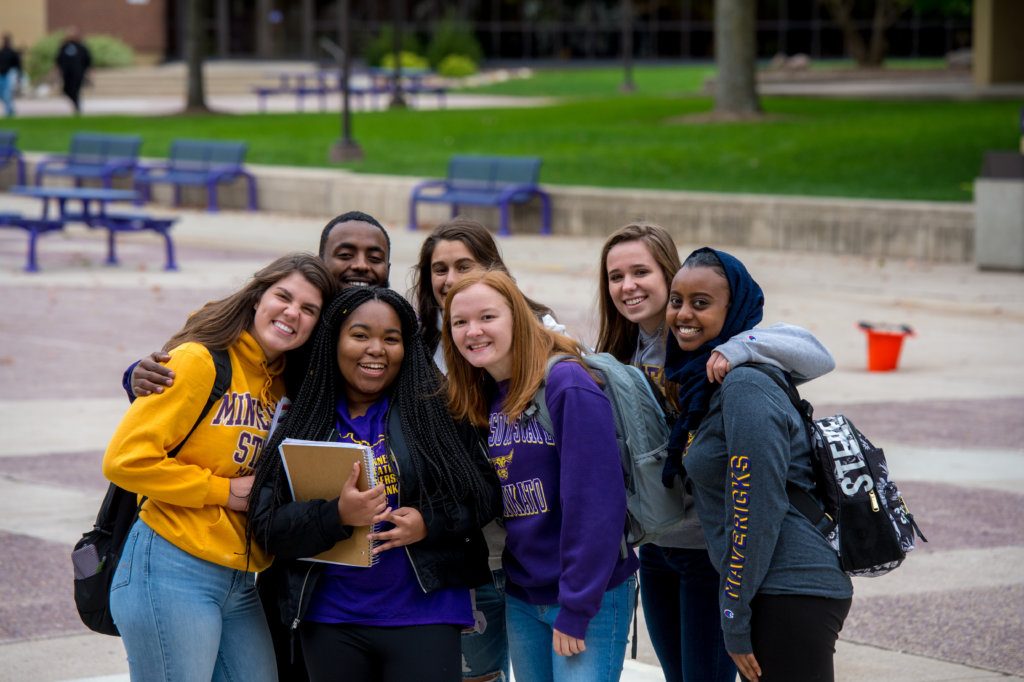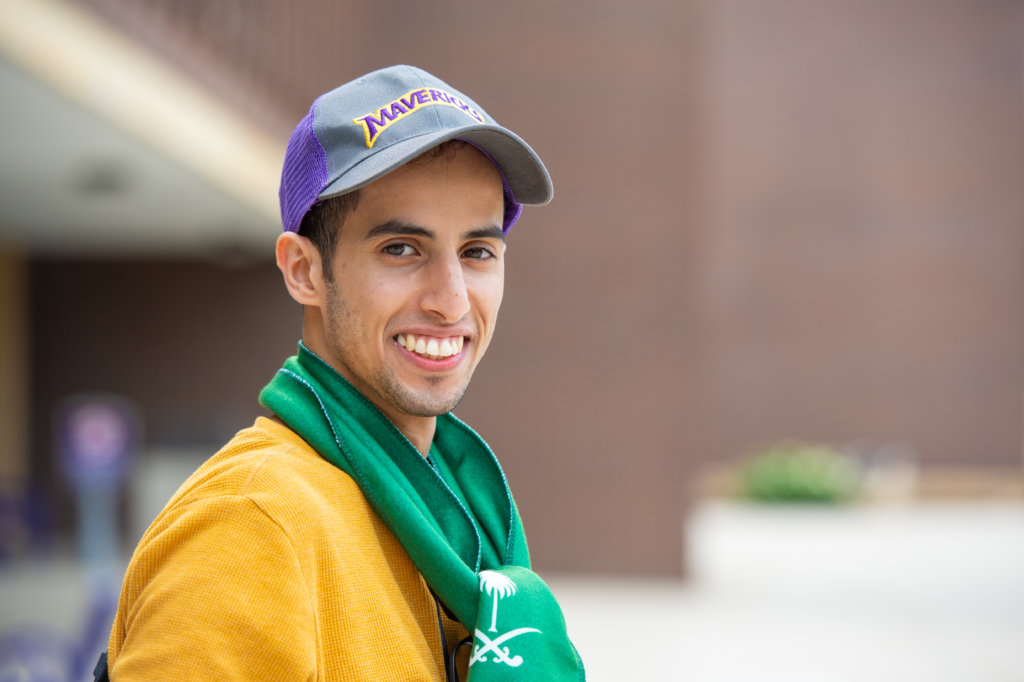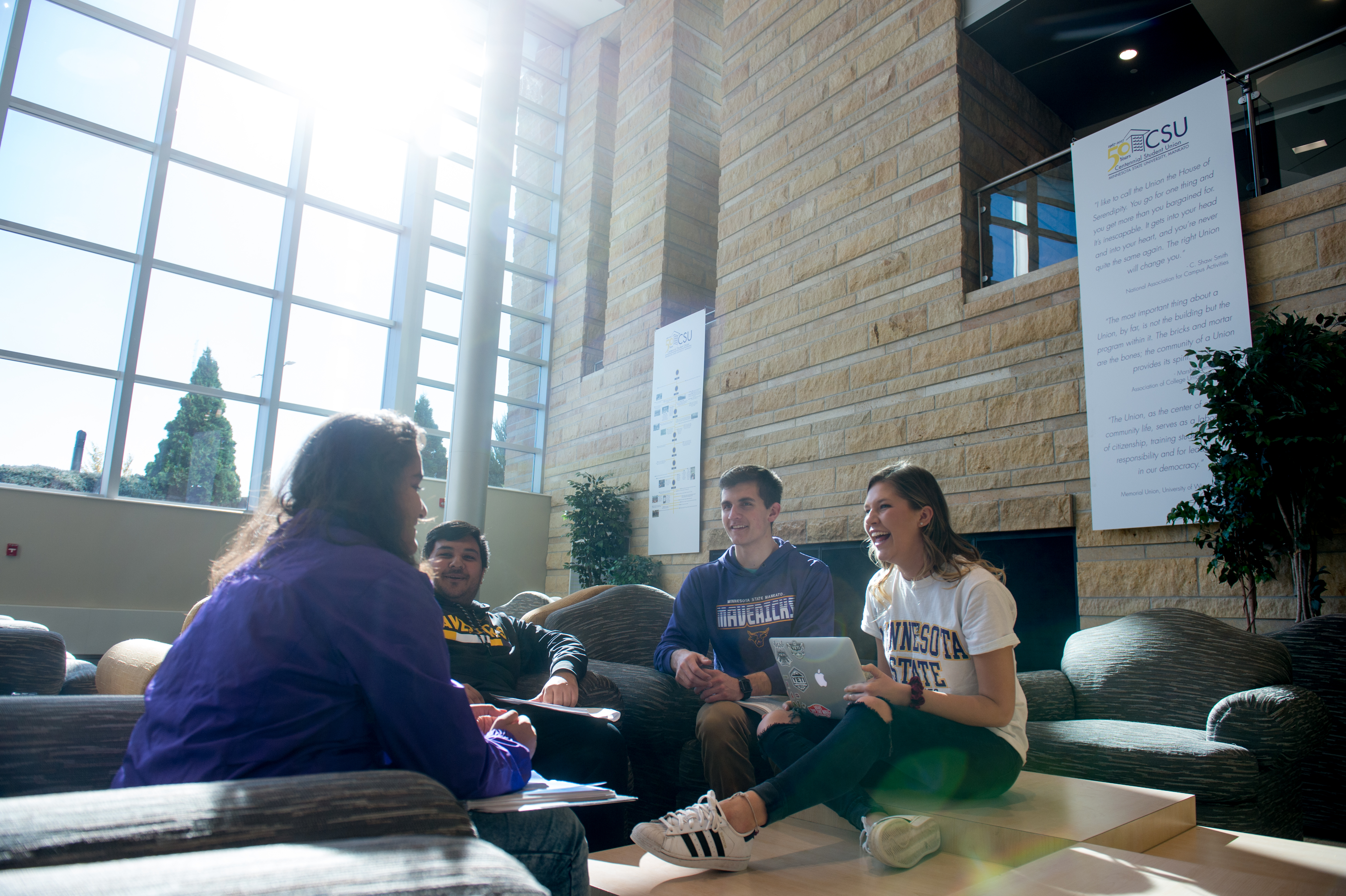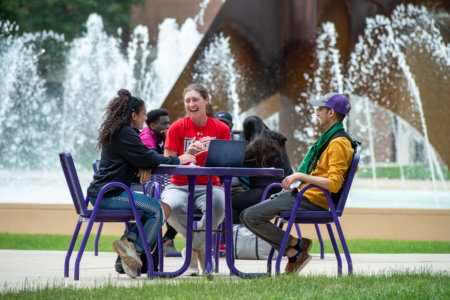The Civil Engineering graduates of Minnesota State University, Mankato succeed. Their exceptional preparation for their careers ensures this. Here, students find their true passion for the dynamic field through unique real-world experiences.
The result? Graduates who are ready to be part of meaningful solutions in the workforce and in their communities. At home or abroad, their skills are in demand in a variety of roles. Armed with a Minnesota State Mankato Civil Engineering degree, international students have many opportunities open to them: returning to their home countries to enter engineering practice, staying in the US to enter practice and pursue licensure, completing graduate school to earn an advanced degree, and many more.
The stories of their graduates are proof of this. Amy Thu Nguyen Benson, now a Civil Engineer at Walt Disney in Orlando, Florida credits her degree for her personal and professional growth. The former international student from Vietnam had chosen Minnesota State Mankato for its affordable tuition and housing, as well as scholarship opportunities. It has all paid off.
Since graduating, she has worked for Midwest-based consulting firms (WSB & Associates, WHKS & Co.) as a civil designer, working on municipal and land development projects across Minnesota and Iowa. “I currently work for Walt Disney World US Parks and Resorts as an associate civil/sustaining engineer. My husband (who is also a Minnesota State Mankato alumni) and I now reside in Orlando, Florida,” says Benson.

Source: Minnesota State University, Mankato
The Civil Engineering programme starts with a foundation based on calculus and physics, followed by engineering coursework and a year-long senior capstone design project. These courses equip students with the ability to identify, formulate, and solve complex engineering problems by applying principles of engineering, science, and mathematics.
Students typically achieve three goals from this programme: passing professional examinations, doing well in their chosen careers, and seeking solutions to real-world problems. Many graduates are now making their marks as Civil Engineers, Construction Managers, Landscape Architects, Surveyors, and Urban and Regional Planners.
Such trajectories would not have been possible without the experiential learning opportunities offered by Benson’s alma mater. On campus, students apply what they learn in small, faculty-led classes as well as hands-on work in state-of-the-art labs. This includes instructional and research laboratories at Minnesota State Mankato, which are fitted with cutting-edge equipment for undergraduate civil engineering programmes.
Beyond campus, they have distinctive opportunities to work with industry partners in the community. Benson worked as a research assistant at Minnesota State Mankato’s Environmental Lab with Dr. Stephen J. Druschel during the summer after her freshman year and took part in internships with the Minnesota Department of Transportation and American Engineering Testing Inc. the following summers.
She found each learning opportunity “very unique.” They gave her the broad experience in Civil Engineering that she needed.
“Those experiential learning opportunities were valuable because the types of work and projects I was able to participate in were real projects and research,” she says. “They helped me to develop the hard and soft skills I need for the industry and I do apply them in my work today.”
Many Minnesota State Mankato graduates credit their senior design/capstone course for their work-ready prowess. Working with communities, public sector and consulting groups, they perform a feasibility study for an actual future project in the short term – and secure a smooth transition to the industry in the long term.

Source: Minnesota State University, Mankato
They conduct detailed engineering design for the full breadth and depth of Civil Engineering design, with teams addressing each of the five primary disciplines (Structural, Geotechnical, Water Resources, Transportation, Environmental) along with critical additional components such as budget, scheduling, and more.
Students can take part in undergraduate research with faculty members in the civil engineering programme as well. Previous student researchers have written and submitted academic papers with their faculty mentors. Others have travelled to the National Conference on Undergraduate Research.
These endeavours provide students with vital skills plus a sure foot into the doors of coveted jobs. Sponsoring groups – including alumni – have pursued many of these projects. What they learn from the interdisciplinary teamwork and the depth and breadth of the project scope are set to stay with them for a lifetime, i.e. as the tools necessary to succeed in their future pursuits.
For Benson, the top three soft skills she gained were problem-solving, teamwork and work ethics. “As a sustaining engineer, part of my job is to respond to emergency civil-related issues across the Walt Disney World property, perform root-cause analysis and provide solutions for immediate or long-term repair. Those skills are must-haves for this type of work,” she says.
Follow Minnesota State University, Mankato on Facebook, Twitter, LinkedIn, YouTube, and Instagram












